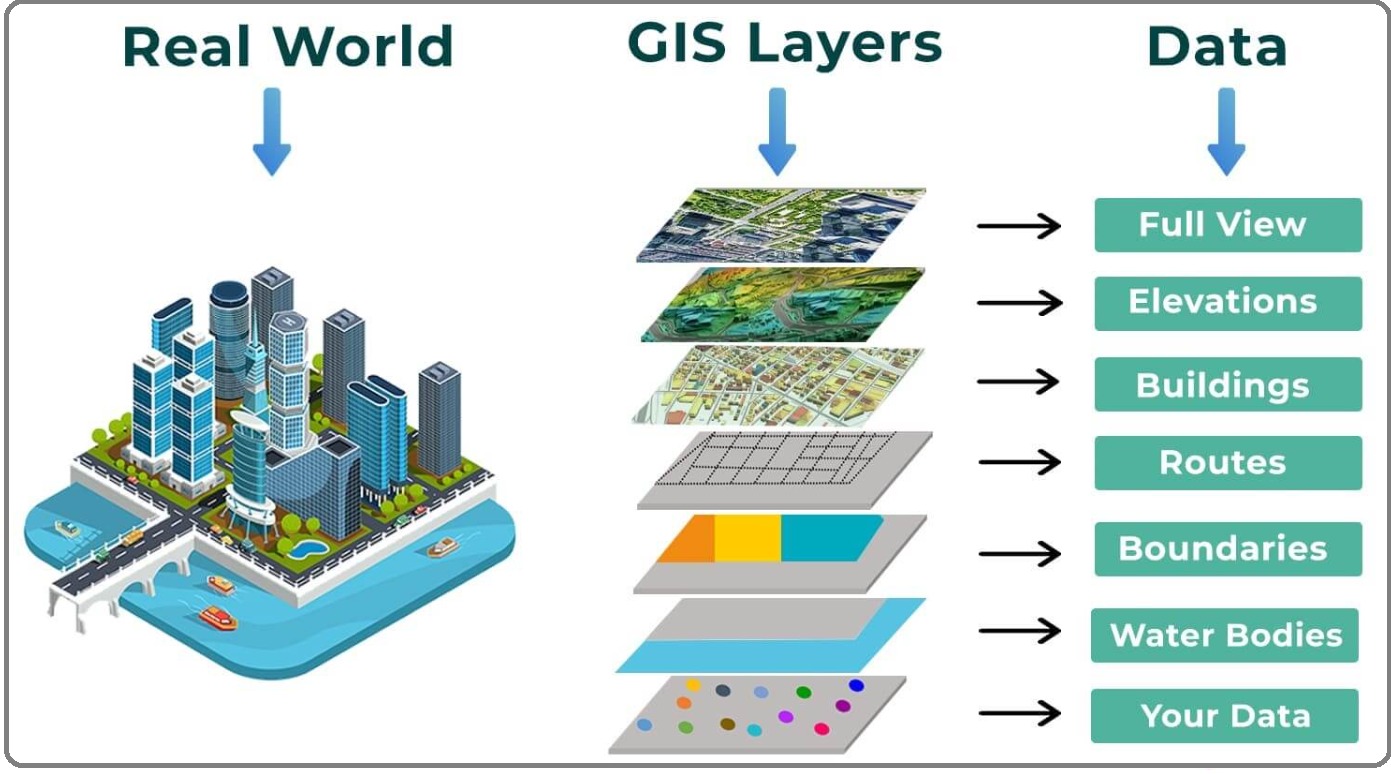


From our collective experience in using and teaching GIS and remote sensing for agricultural sciences, landscape design, urban forestry, geology, and Extension services, we have prepared a list of guidelines that may be helpful when considering or implementing spatial technologies for your program.
A geographic information system (GIS) is a computer-based tool for mapping and analyzing feature events on earth. GIS technology integrates common database operations, such as query and statistical analysis, with maps. GIS manages location-based information and provides tools for display and analysis of various statistics, including population characteristics, economic development opportunities, and vegetation types. GIS allows you to link databases and maps to create dynamic displays
Copyright @ 2023 The planet greeners All Right Reserved